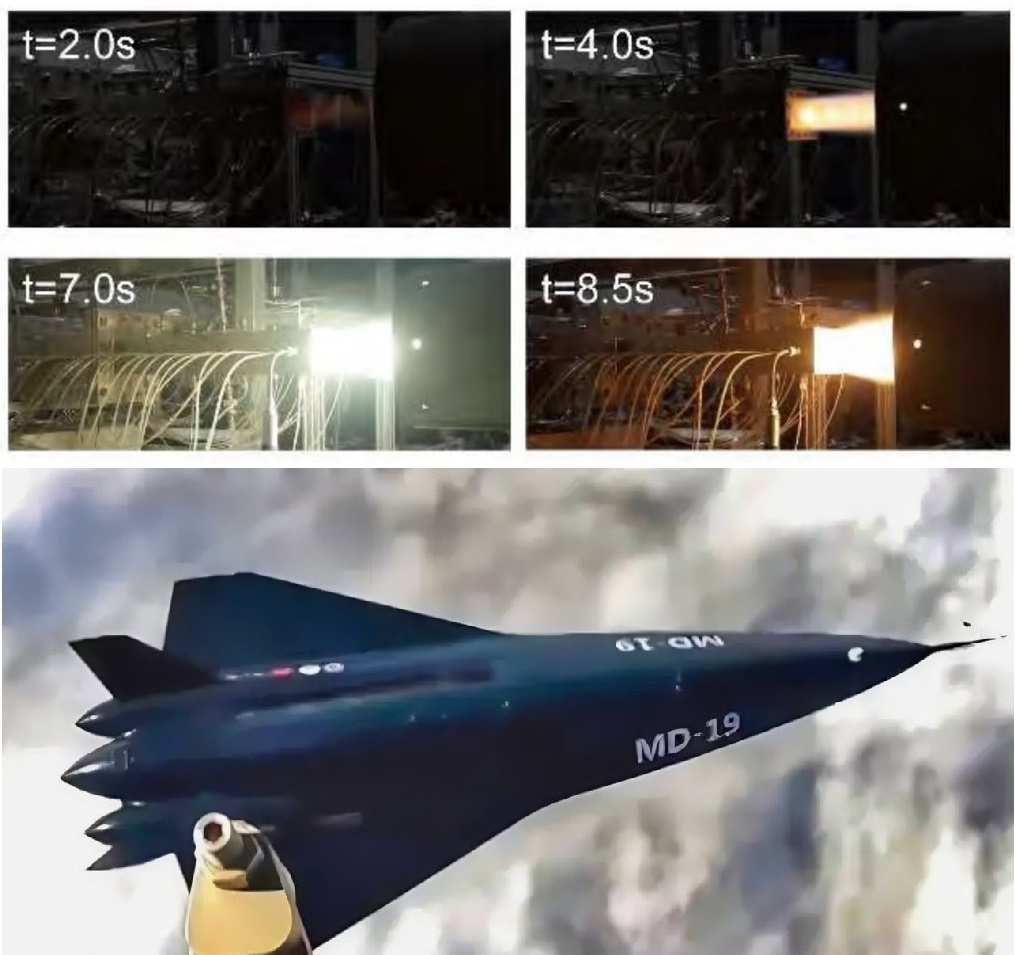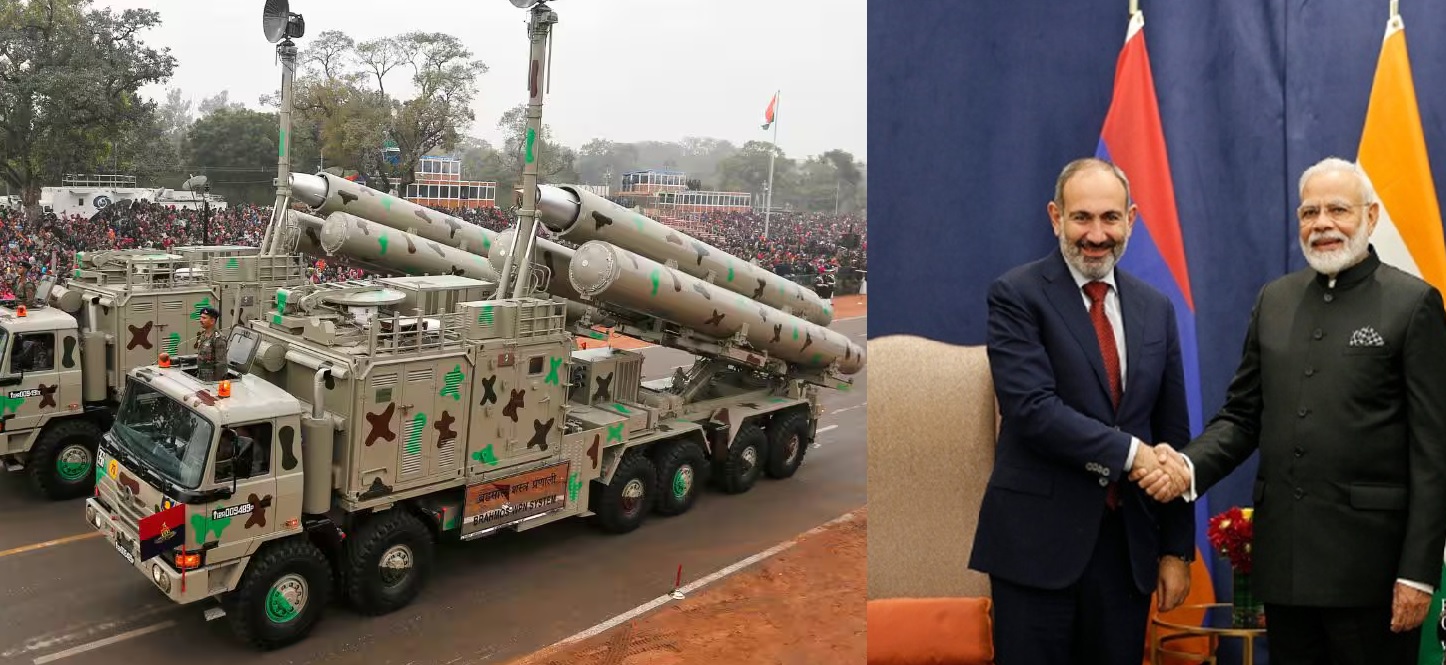Mass Killings in Sudan: Satellite Images Reveal Atrocities as Civil War Turns into Genocide

Satellite imagery from El-Fashir, the capital of North Darfur, has revealed scenes of unspeakable horror — mass graves, scorched villages, and large patches of terrain stained by what analysts believe are signs of mass killings. The images, verified by the Yale Humanitarian Research Lab and independent conflict-monitoring groups, show the aftermath of massacres carried out by the Rapid Support Forces (RSF) and allied militias, who have swept across the city leaving thousands of civilians dead.
What makes this particularly chilling is that these killings are visible from space — entire neighborhoods have been wiped out, bodies left unburied, and fires still smoldering weeks after the RSF’s advance. One of the RSF commanders, Abu Lulu, reportedly led the operations in El-Fashir, where satellite evidence now captures the scale of what rights groups describe as genocidal violence.
The Horror in El-Fashir
According to field sources and humanitarian monitors, over 1,500 civilians — mostly belonging to the non-Arab Masalit and Fur ethnic groups — were killed in a span of just a few days in late October. Hospitals, markets, and even displacement camps were bombarded or burned. Witnesses describe streets “lined with bodies” and neighborhoods where “no one is left alive.”
Satellite photographs taken over the city between October 24 and 28 show several mass burial sites and what appear to be bloodstained roads near the old market district. The imagery confirms reports from survivors who said that RSF gunmen executed civilians and dumped their bodies in open fields.
Analysts say this massacre bears a grim resemblance to the atrocities that took place in Darfur two decades ago — but this time, the world can see it in real time, from orbit.
How the Civil War Began
To understand why Sudan is collapsing again, one must go back to April 2023, when fighting erupted between two former allies — the Sudanese Armed Forces (SAF), led by General Abdel Fattah al-Burhan, and the Rapid Support Forces (RSF), commanded by Mohamed Hamdan Dagalo, known as Hemedti.
Both men once shared power after the 2019 revolution that toppled long-time dictator Omar al-Bashir. But deep mistrust grew over who would control Sudan’s military, economy, and gold-rich territories. When talks about integrating the RSF into the national army collapsed, Sudan descended into a brutal internal war.
The SAF controls parts of eastern and northern Sudan, while the RSF has entrenched itself in western regions — especially Darfur, where it has drawn on its tribal and militia roots to wage a campaign that many observers now call ethnic cleansing.
Why Darfur Again?
Darfur has long been a tragic symbol of Sudan’s internal divisions.
-
In the early 2000s, Arab militias known as the Janjaweed (from which the RSF later evolved) carried out mass killings of non-Arab groups.
-
More than 300,000 people were killed, and millions displaced in what the world eventually recognized as genocide.
-
After South Sudan’s secession in 2011, Sudan’s western regions were left poor, unstable, and heavily armed — fertile ground for warlords to rise again.
Today’s RSF is essentially the modernized Janjaweed, equipped with heavy weapons, drones, and foreign backing — particularly from the United Arab Emirates (UAE), which has been accused by Western intelligence of supplying arms and logistical support to Hemedti’s forces.
This connection, combined with Sudan’s fractured state and lack of unified command, has allowed the RSF to launch one of the deadliest campaigns since the 1994 Rwandan genocide.
Why the Massacres Are Happening Now
The siege of El-Fashir represents a critical turning point. It was the last major city in Darfur still held by the national army (SAF). When RSF fighters stormed the city, they targeted not only soldiers but entire communities suspected of supporting the government.
Eyewitness accounts describe door-to-door executions, sexual violence, and systematic destruction of Masalit villages. The RSF’s campaign appears aimed at erasing opposition strongholds, creating a demographic shift in favor of pro-RSF Arab tribes.
Satellite imagery shows dozens of burned residential areas, indicating a coordinated effort rather than random fighting. The scenes are so severe that analysts at Yale’s Humanitarian Research Lab concluded the violence “constitutes clear evidence of mass atrocities.”
Sudan’s Long History of Division
Sudan’s political fractures go back decades. Once Africa’s largest country, Sudan has endured two civil wars, countless coups, and the eventual secession of South Sudan in 2011. That division, meant to bring peace, instead left behind an unstable north dominated by military rule, militia networks, and economic collapse.
Darfur, in particular, has remained a center of rebellion and repression. Its ethnic complexity — a mix of Arab and non-Arab African communities — has made it vulnerable to the same manipulation by armed groups and political elites that fueled earlier genocides.
What’s happening now is not sudden. It’s the reignition of an unresolved ethnic war, now amplified by modern weapons and geopolitical interests.
The United Nations’ Stance
The United Nations, through its human rights office (OHCHR), has condemned the killings in El-Fashir as “indications of ongoing genocide-level crimes.” The UN’s humanitarian chief, Martin Griffiths, said, “We are witnessing mass atrocities through our screens. The evidence is irrefutable.”
Despite such statements, the UN has struggled to act. Its mission in Sudan was expelled by local authorities in 2023, and international access remains limited. Humanitarian convoys are routinely looted, and foreign journalists are banned from most RSF-controlled zones.
The Security Council remains divided, with global attention consumed by other conflicts. Yet, as satellite images continue to surface, the world can no longer claim ignorance — the atrocities are documented from above, pixel by pixel.
A Genocide the World Can See
What makes the El-Fashir massacre unprecedented is that it is a genocide visible from orbit.
Commercial and humanitarian satellites have captured rows of bodies, burned-out shelters, and blood-soaked roads, confirming what survivors have been saying for months.
This isn’t a case of conflicting reports or propaganda — the imagery aligns with witness testimonies and independent analyses. The truth is visible to anyone who looks.
Still, the world’s response has been muted. While condemnations continue, there has been no major intervention, no safe zones, and little relief for the civilians trapped in Darfur’s nightmare.
Sudan stands once again on the edge of a humanitarian abyss. The civil war between the army and the RSF has mutated into a campaign of extermination, with ethnic communities caught in the crossfire. Satellite imagery has only confirmed what survivors have screamed for months — a genocide is unfolding, and the world is watching.
The question is no longer whether atrocities are happening — they are visible from space. The real question is whether the world will act, or let Sudan’s tragedy become another chapter of silence in human history.
✍️ This article is written by the team of The Defense News.






